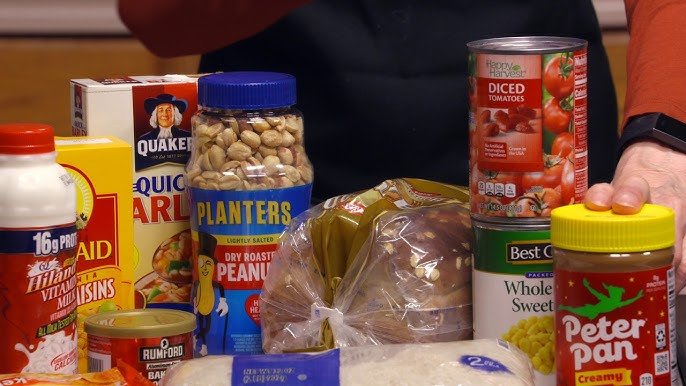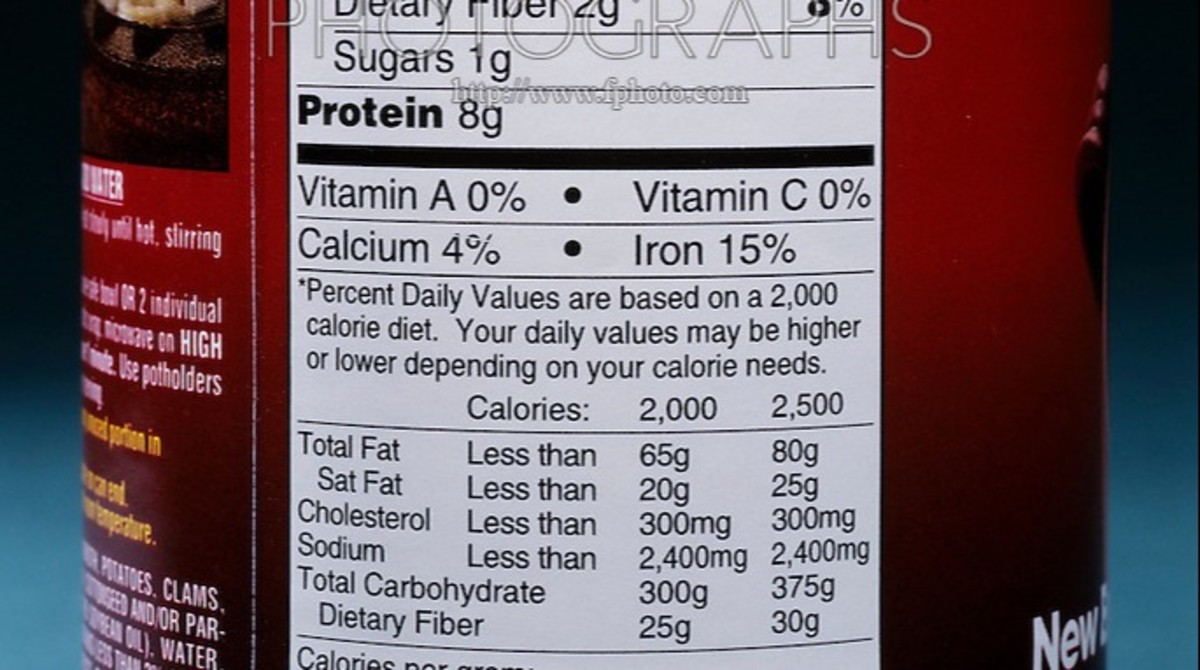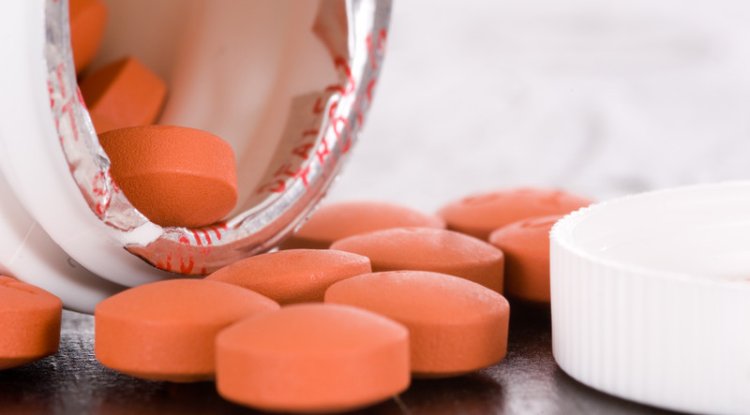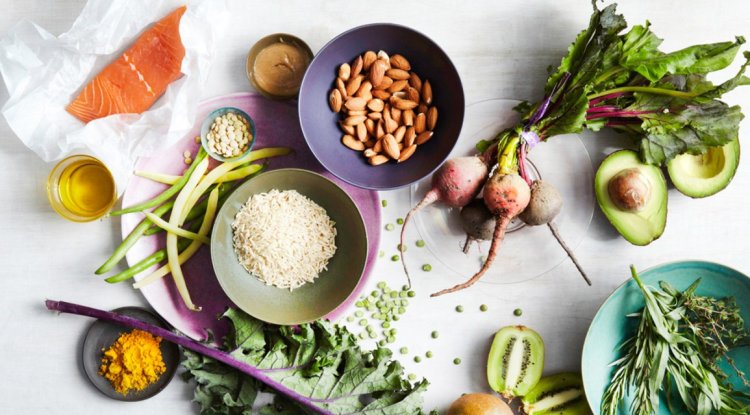What’s New With the Nutrition Facts Label?
If you’ve ever stood in the grocery aisle squinting at a Nutrition Facts label, you’re not alone. Those little black-and-white boxes are meant to help us make better choices—but let’s be real, they haven’t always been the easiest to understand.

The FDA recently gave the Nutrition Facts label a major makeover (the first big update in over 20 years!), and the changes are now rolling out on packaged foods. Larger manufacturers had to comply as of January 2020, while smaller companies had until 2021. So what’s actually different—and why should you care? Let’s break it down.
Serving Sizes That Match Real Life
This is a big one. Serving sizes now reflect what people actually eat, not what someone decided we “should” eat back in 1993.
A serving of soda used to be listed as 8 ounces. Now it’s 12 ounces.
Ice cream went from ½ cup to ⅔ cup.
Also, if a package could realistically be eaten in one sitting (looking at you, canned soup), it will now be labeled as a single serving. Larger packages, like pints of ice cream or bottles of soda, may show two columns: one with the info per serving, and another with the totals for the whole container.
Calories Front and Center
No more hunting for the calorie count—it’s now printed in big, bold numbers. But you won’t see “calories from fat” anymore. Why? Because science shows it’s the type of fat that matters most, not just the total amount.
Added Sugars Take the Spotlight
This might be the most important change. Labels now call out added sugars separately from naturally occurring sugars.
Why does this matter?
Natural sugars (like those in fruit, milk, or whole grains) come with fiber, vitamins, and minerals.
Added sugars (think sodas, candy, and most processed foods) are linked to weight gain, diabetes, and heart disease.
The new label even shows what percentage of your daily value those added sugars take up. The goal? Keep them under 10% of your daily calories.
Fiber Gets a Clarification

Not all fiber is created equal, and the FDA now makes sure that only fibers with proven health benefits get counted on the label. That includes both naturally occurring fiber (like in whole grains, fruits, and veggies) and certain added fibers that support digestion and overall health.
Nutrients: Out With the Old, In With the New
Here’s what changed in the “nutrients” section:
Now required: Vitamin D and potassium (because many of us aren’t getting enough).
Still required: Calcium and iron.
No longer required: Vitamins A and C (deficiencies are rare these days).
Plus, instead of just listing the % Daily Value, labels now show the actual amount of these nutrients too so you know exactly what you’re getting.
Daily Values Updated

The daily values (the percentages you see next to each nutrient) are based on the latest science. This includes new recommendations for things like fiber, sodium, vitamin D, and potassium.
Keep in mind, the label is based on a 2,000 calorie-a-day diet—but your needs might be higher or lower depending on your age, activity level, and health.
Bottom Line
The new Nutrition Facts label is more practical, more honest, and much easier to use. With bigger serving sizes, bolder calories, and clear info on added sugars, it’s designed to give you a more realistic picture of what you’re eating.
So next time you grab that snack, take a second to peek at the new label—you might be surprised at what you learn.
What's Your Reaction?




















